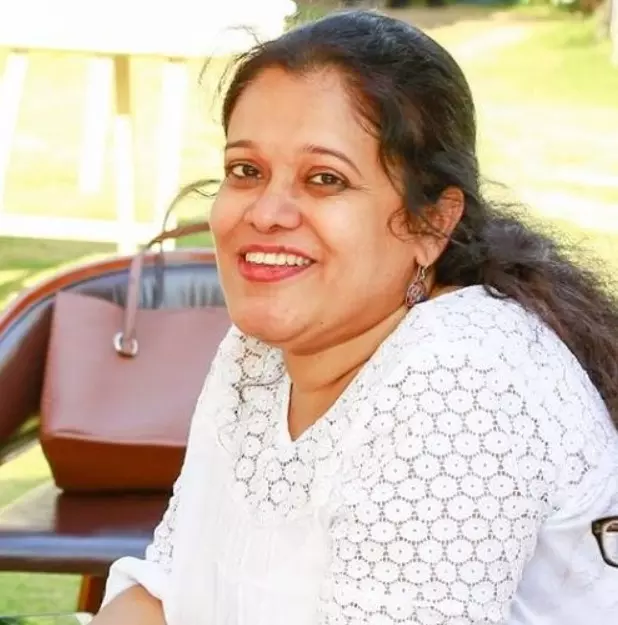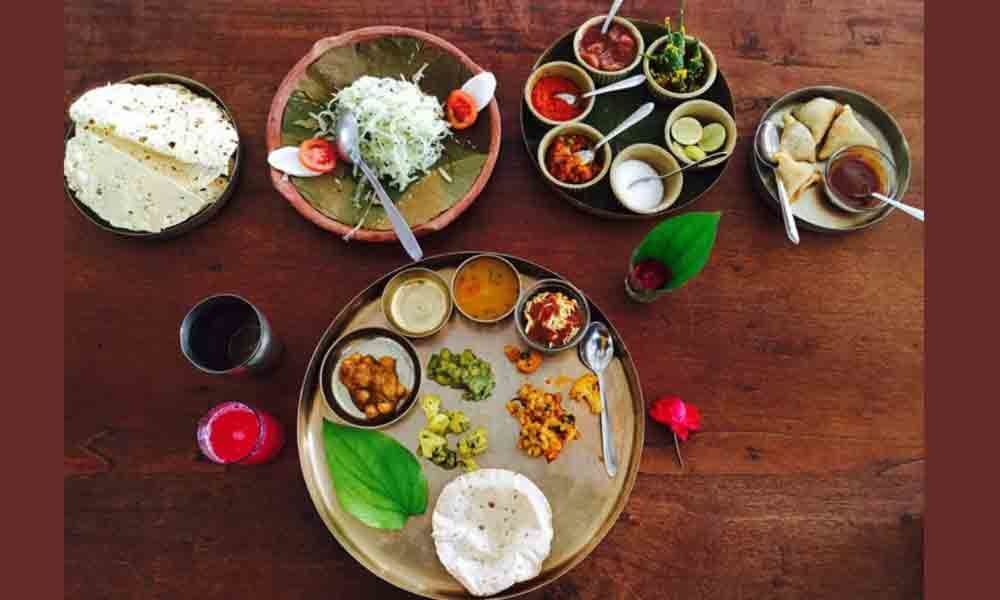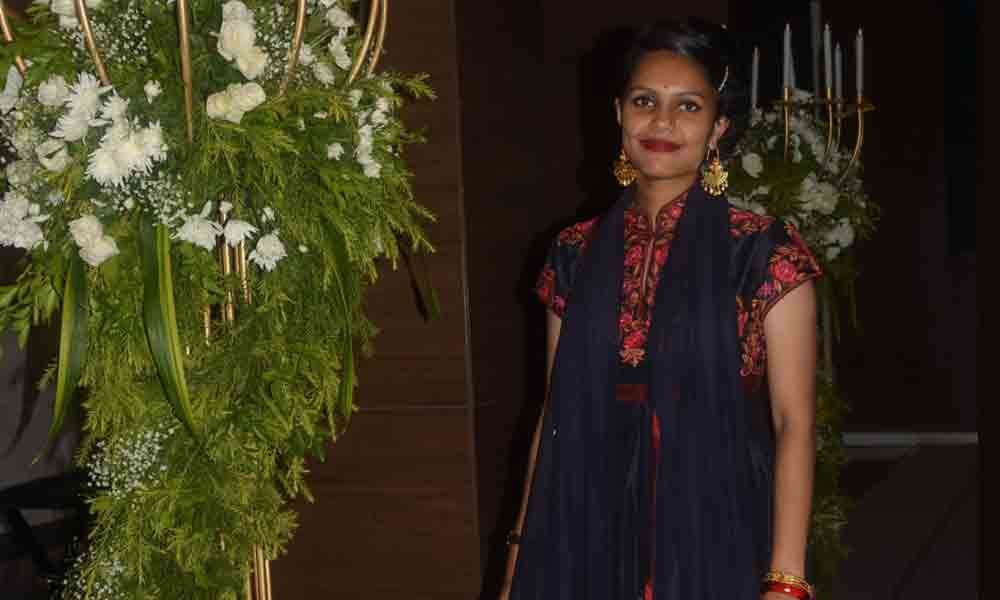Dham cuisine & other stories from the hills
Dham cuisine is primarily temple cuisine cooked for the kings by the traditional cooks called Boti Chefs. It is also served during the weddings and is primarily vegetarian
Himachal Pradesh is known as Dev Bhoomi, the abode of deities. Traditionally, the locals invite the deities home and organise a Dham, a vegetarian feast on the occasion, and also during weddings. Urvashi Singh explores the cuisine, which she introduced in her restaurant at her boutique property in Manali
Where can you taste the local cuisine of Himachal Pradesh, which is high on tourism; not many can easily answer this question, nor can they say what the cuisine is about. Independent publisher, restauranteur and Princess Urvashi Singh from Khimsar, who runs the 23-room boutique property Urvashi retreat, a Welcome Heritage property located 7km North of Manali says that it is not easy to find places serving Himachali cuisine. Being under Punjab presidency for many parts of the colonial rule, the culinary traditions of the shy Himachali culture have been wiped out, and today you can eat Maggi at every street corner, but it isn't easy to find native food.
Amidst such a scenario, when Urvashi, opened the retreat, she made a mental note that her place will be serving local cuisine, "I come from a mixed background. My paternal grandmother is from Punj in Kashmir, her mother was from Trilokpur in the Kangra district of Himachal Pradesh. My maternal grandmother is from Bundelkhand and grandfather from Gujarat. The food at home was more like a fusion of different cultures. Despite opening up to international tourism, Rajasthani food too is much less explored. People only talked about the likes of Daal Bhati Churma. So, in Urvashi Retreat I wanted to serve authentic Himachali food, not even from Garhwal or Uttarakhand. But looking up for the dishes was not easy," shares Urvashi, who was in Hyderabad to showcase Dham cuisine during an event organised by Royal Fables.
Dham cuisine is primarily temple cuisine cooked for the kings by the traditional cooks called Boti Chefs, and it is also served during the weddings and is primarily vegetarian. During her research, Urvashi heard several theories, and in her opinion, "The kings were impressed with the Wazwan cuisine and adapted it to the hills, so they use the same spices and similar cooking methods, but in vegetarian variants."
Different regions of Himachal, like the rest of the country, have different eating habits. And much to her dismay, Urvashi did not find much information on local Himachali cuisine, "I would hit the bookstores in Khan market, and look everywhere if I could lay my hands on any cook back. Luck struck at the Bahrisons where I found this book written by an Army Commander's daughter, who was from Chamba. But she primarily wrote about the food cooked in her region. I also found out about Kullu Sidu, which is made differently in every household. We went to people's homes and tried to find out what they made in their kitchens."
Himachal Pradesh also has its share of non-vegetarian dishes Chamba Lamb and chicken is very popular, and colonial rule brought in rainbow trout, then there is Manali fish curry. However, traditionally there was Yak meat and hilly goats are muscular, and the meat is not suitable for margination or cooking. So, it took some innovation and more research to create Himachali non-vegetarian options.
She would try these dishes at her home in New Delhi, invite her friends, whom she calls her fiercest critics, serve them her dishes and take their inputs. After much research and trials, she arrived at a menu that is now available at the all-day diner at Urvashi Retreat. On the menu are the quintessentially Himachali dishes that invariably include the likes of Sidu, Babhroo (pahadi bhatura), Tudkiya Bhath, Sepu badi, and for those who ask for Chama Meat specifically, meat is marinated for extra time and is specially cooked. Since the retreat is in apple plantation district, she has used the local biscuit – Panjiri and serves it with apple compote as a variation of apple crumble. Then there is Madra, the Pahadi Rajma which uses less water, and more ghee and is a bit sour because of the use of curd.
"Pahadis never eat spicy food. They cook in narrow mouthed brassware and use slow cooking methods to ensure heat does not escape," explains Urvashi.
She says, there a are a lot of health aspects associated with the food. "There is a peculiar sour taste in Dham cuisine, it's the pro-biotic nature of the food. In the hills, we have high chances of Goiter, so there are compensatory ingredients. We use a lot of poppy seeds, also in dishes like Babroo and kheer. Pahadi ghee, which is more granular, in nature, is liberally used. Steamed or fried dumplings called Sidu made of wheat or maida fermented with yeast, with a variety of chunky stuffings (she makes it soft and indulgent using the stuffing of paneer, walnuts and peanuts, almost like the Lebanese, served with a hearty amount of ghee and pudina or anardana chutney on the side. They are soaked in Ghehet ka shorba made out of horse gram, which is good for kidney stones, especially beneficial to the pahadis, who drink much less water."
"Today people are ready to experiment, but they do search for familiarity," she adds.



















